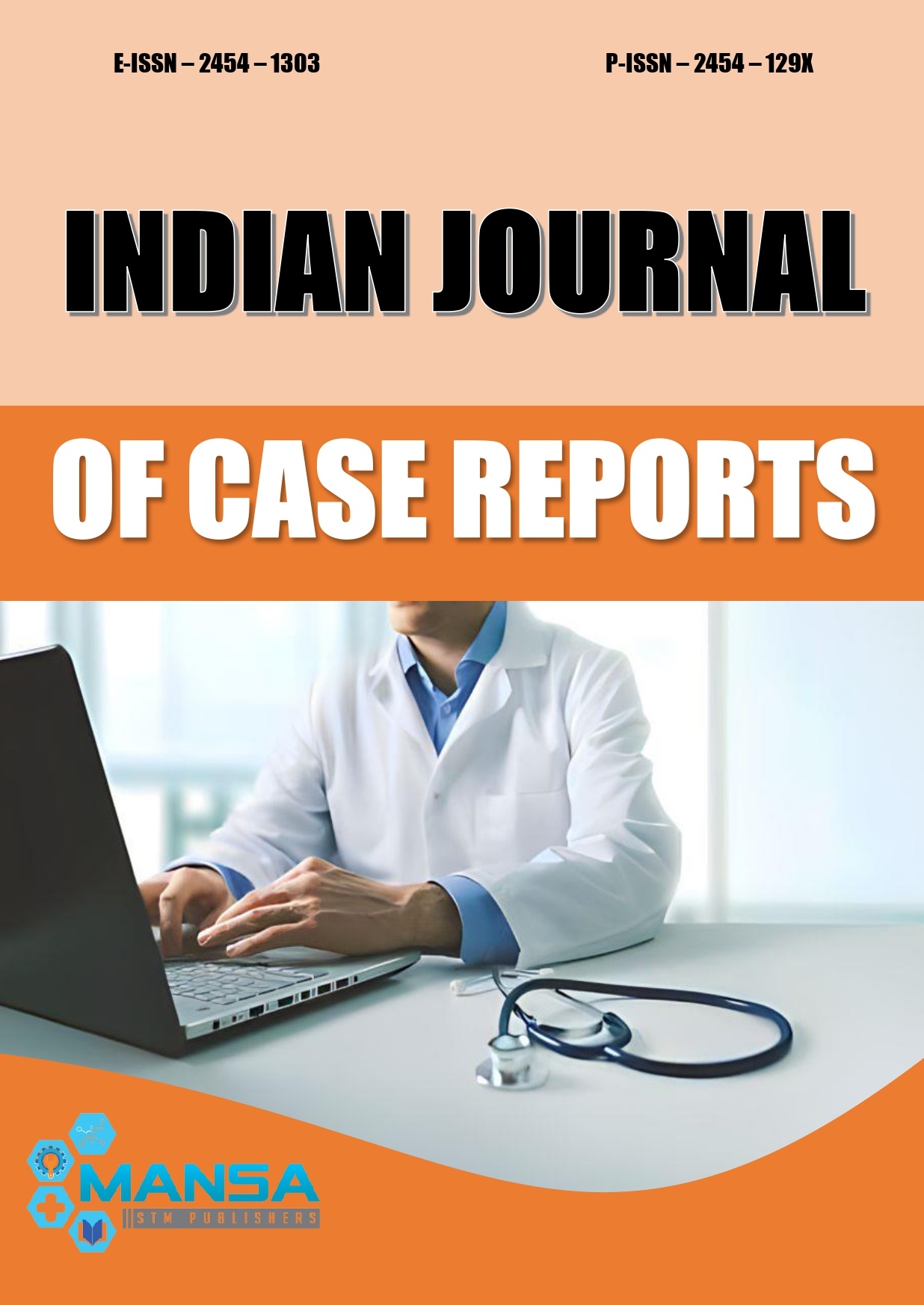Anesthetic management of craniosynostosis repair in a 13-month-old boy with Apert syndrome
DOI:
https://doi.org/10.32677/IJCR.2021.v07.i05.013Keywords:
Acrocephalosyndactyly, Apert syndrome, Anesthetic challenges, Craniosynostosis, SyndactylyAbstract
Apert syndrome is a congenital disorder characterized by malformations of the skull, face, hands, and feet. It is a form of acrocephalosyndactyly. It is classified as a branchial arch syndrome, affecting the first branchial (or pharyngeal) arch, the precursor of the maxilla and mandible. Presently described is a case of 13-month-old boy diagnosed with apert syndrome. French pediatrician Eugène Apert described Apert syndrome in 1906. The purpose of this report is anesthetic management of craniosynostosis repair in this child under general anesthesia. Craniosynostosis, the premature fusion of skull sutures, results in failure of normal bone growth perpendicular to the suture and the compensatory growth at other suture sites, which results in an abnormally shaped head. Anesthetic challenges include management of a difficult airway, airway hyperreactivity, possibility of raised intracranial pressure, blood loss, blood transfusion, and its associated complications.
Downloads
Downloads
Published
Issue
Section
License

This work is licensed under a Creative Commons Attribution-NonCommercial-NoDerivatives 4.0 International License.

